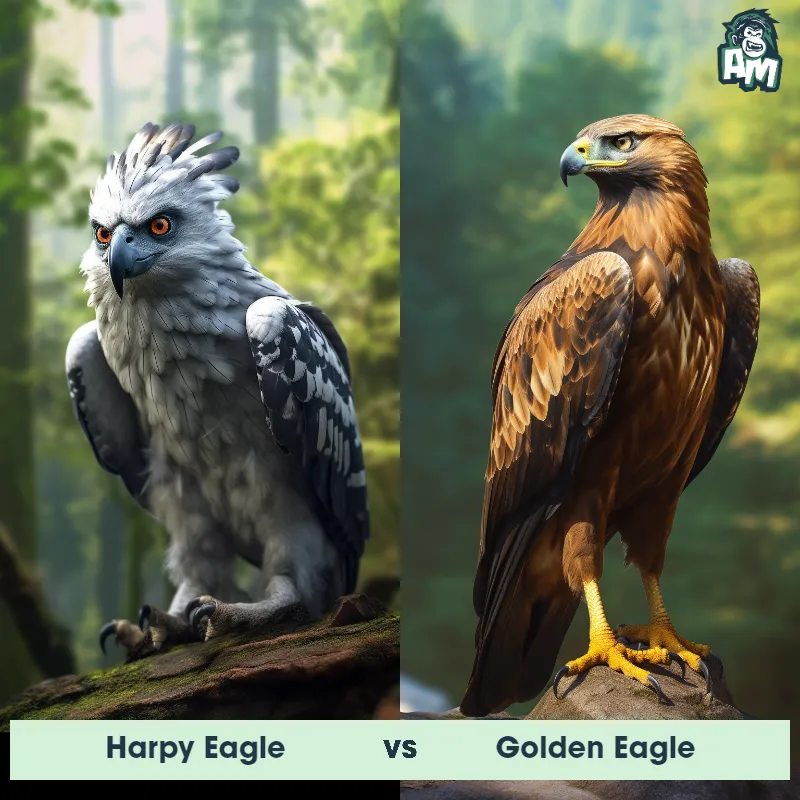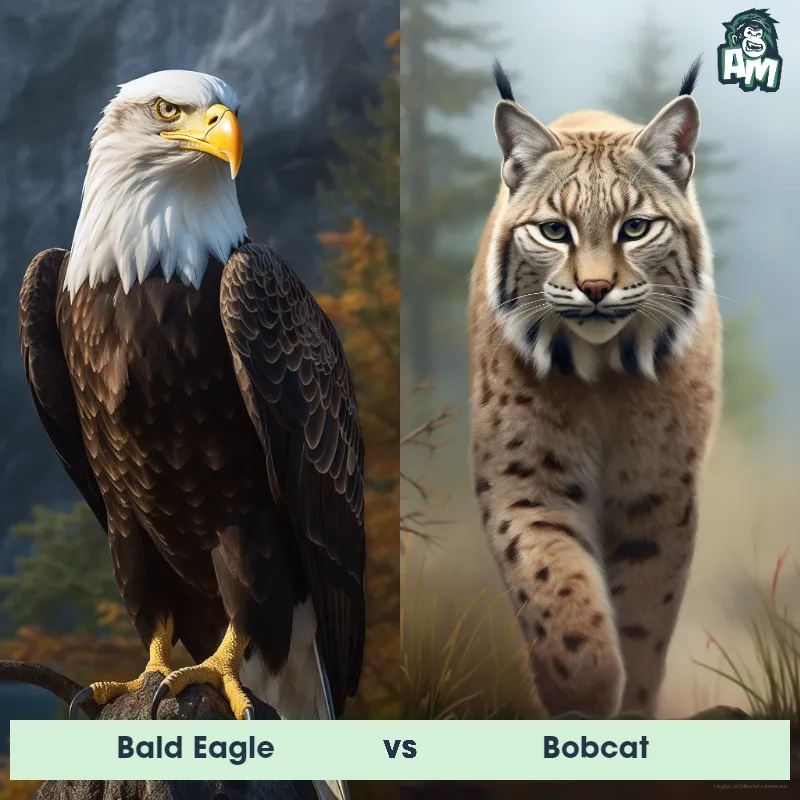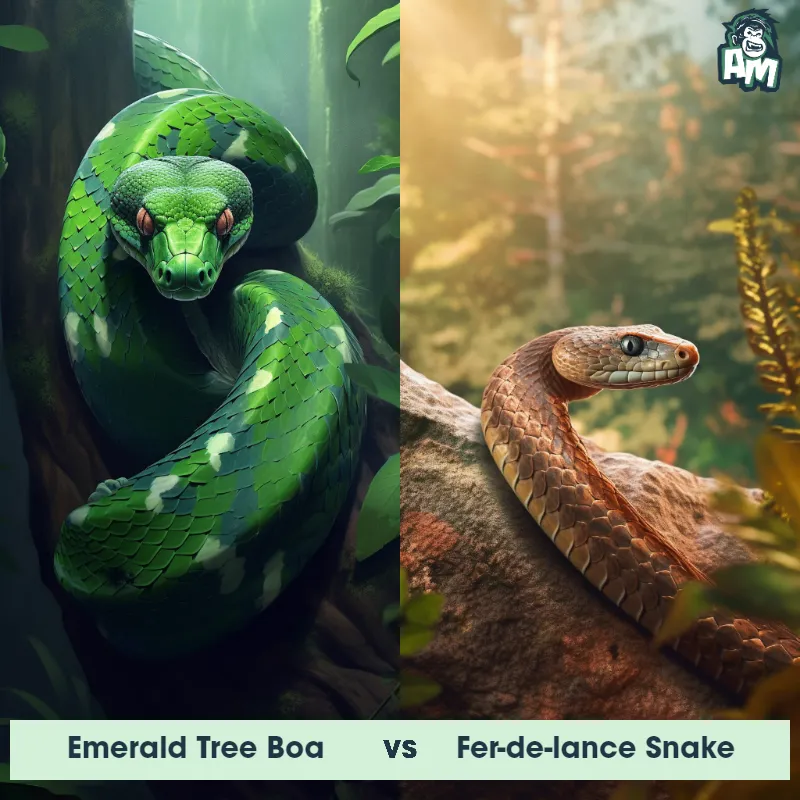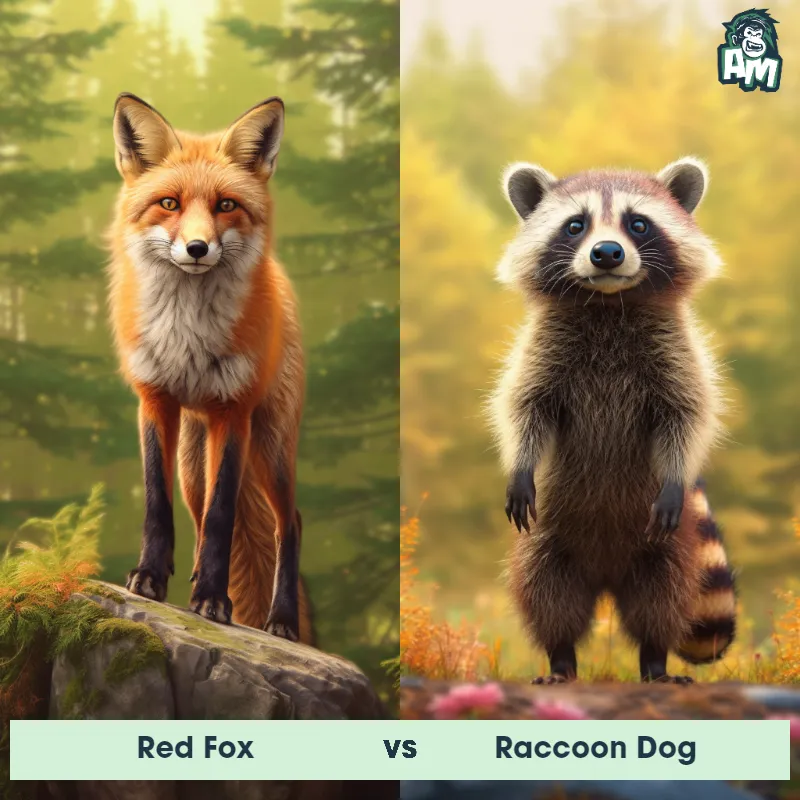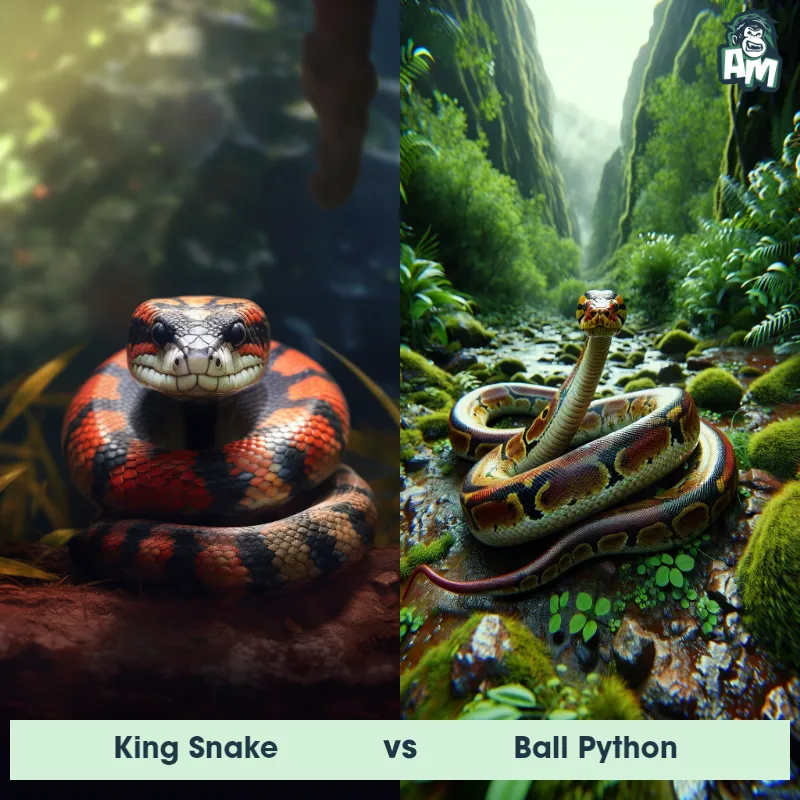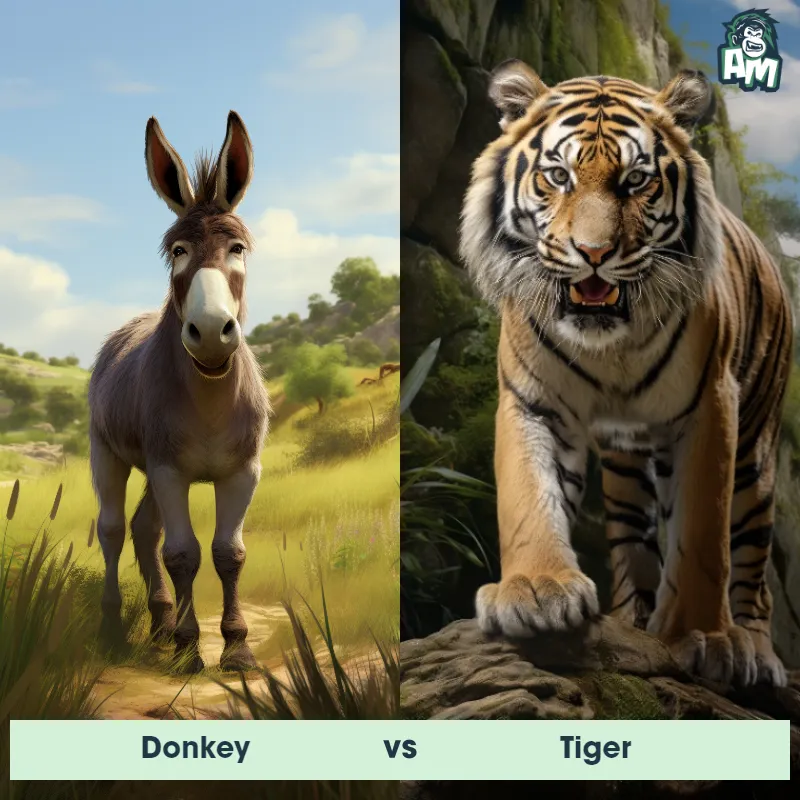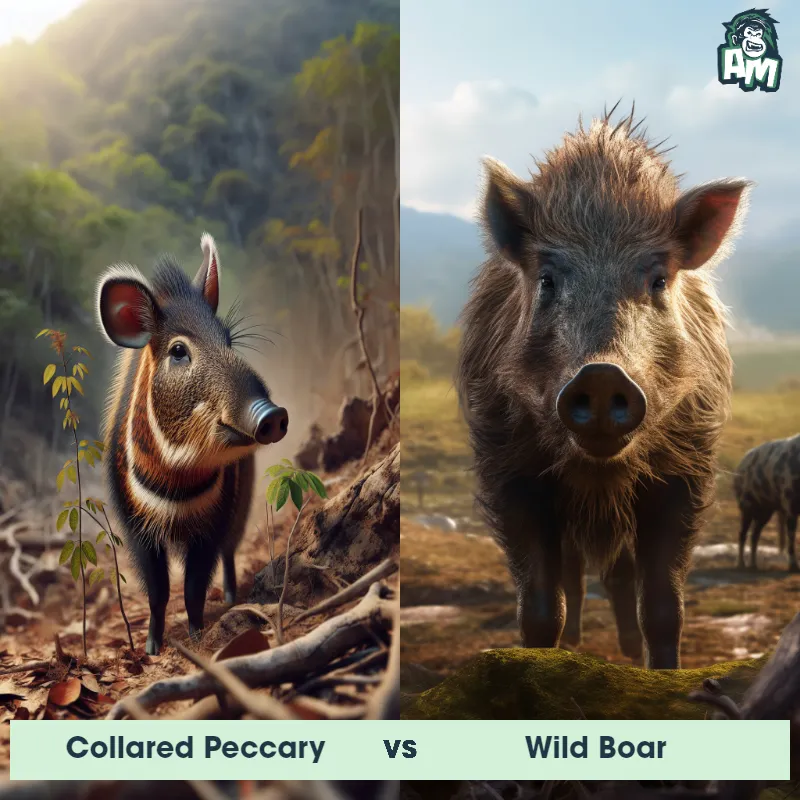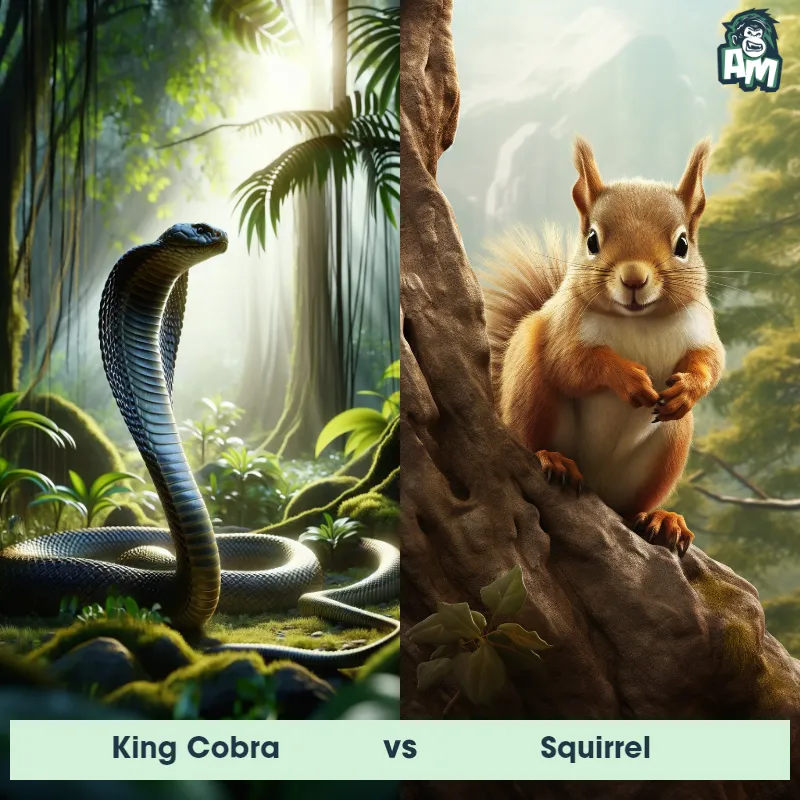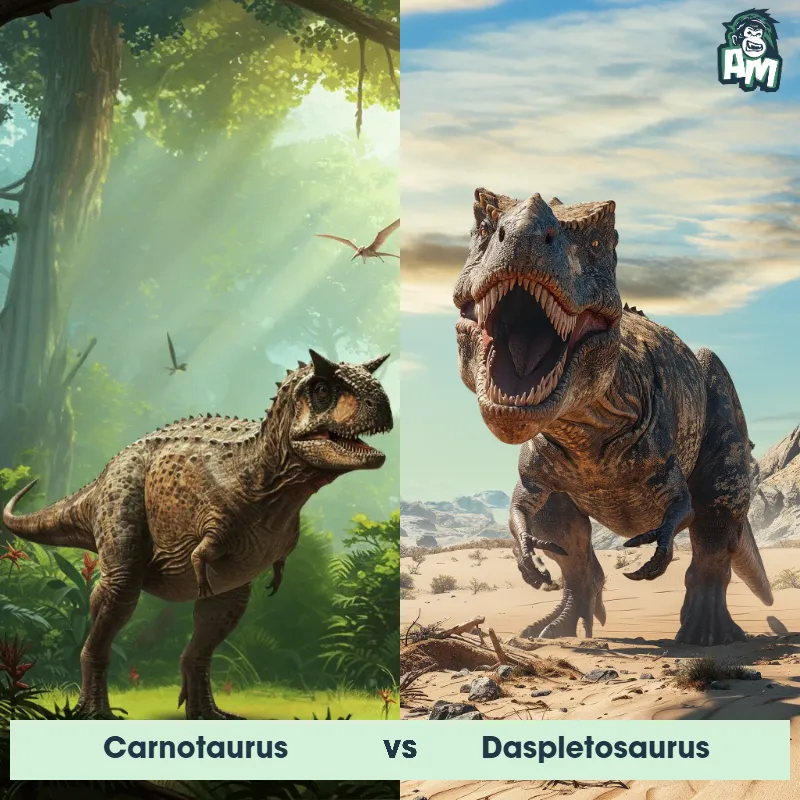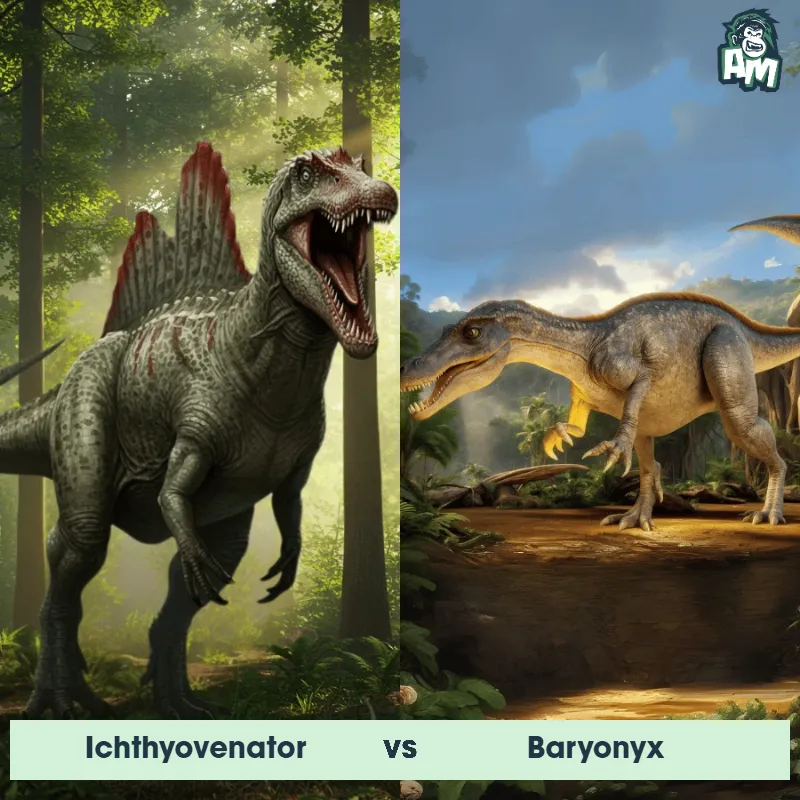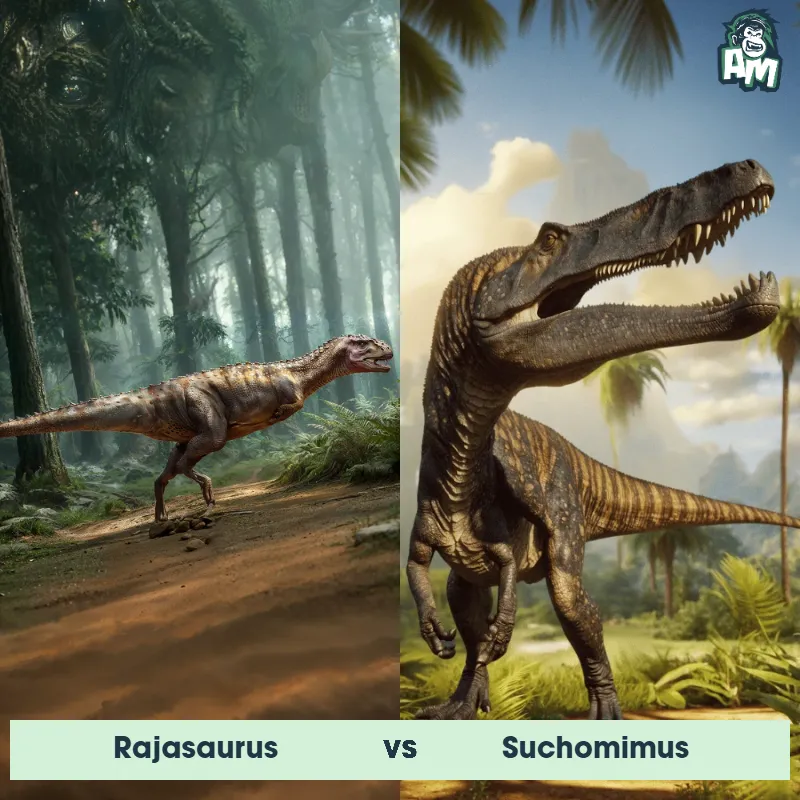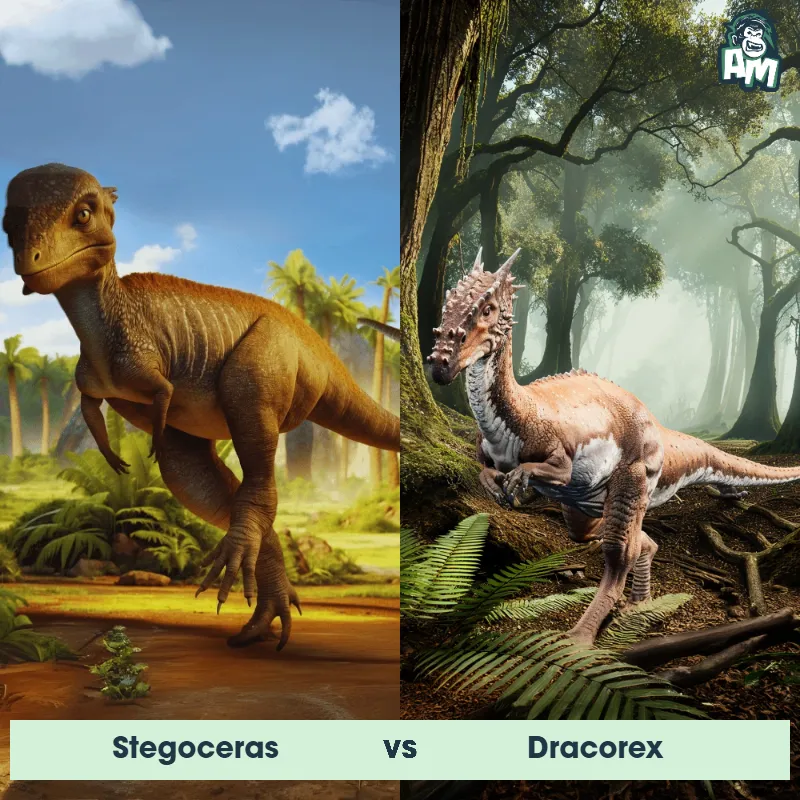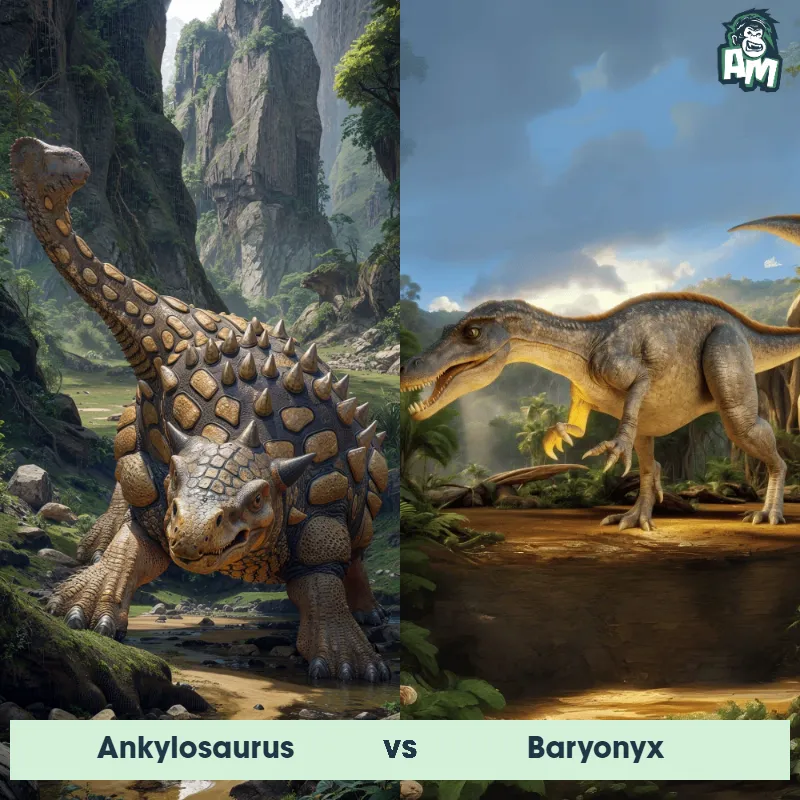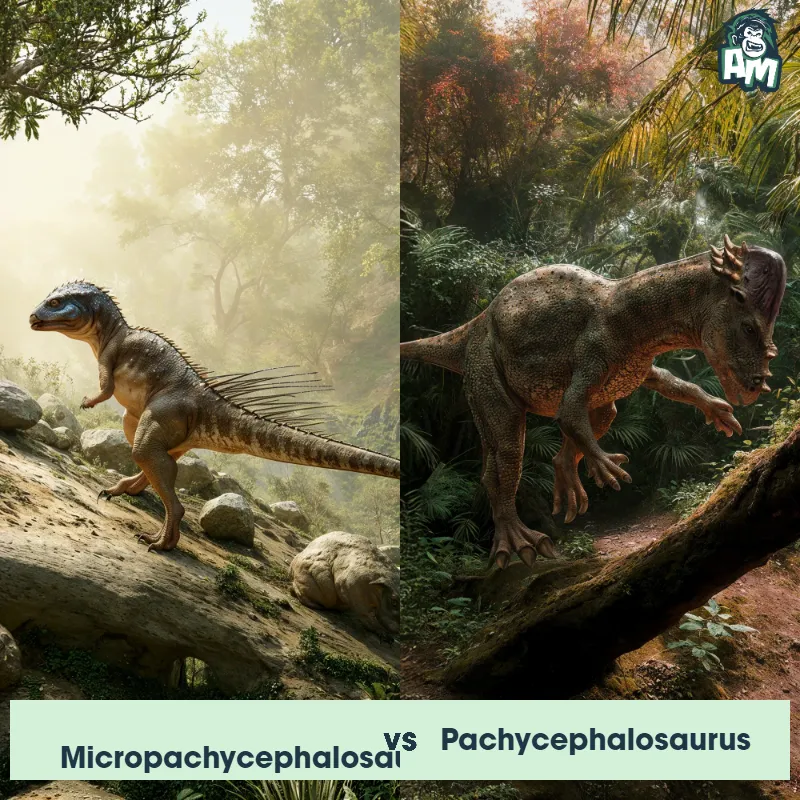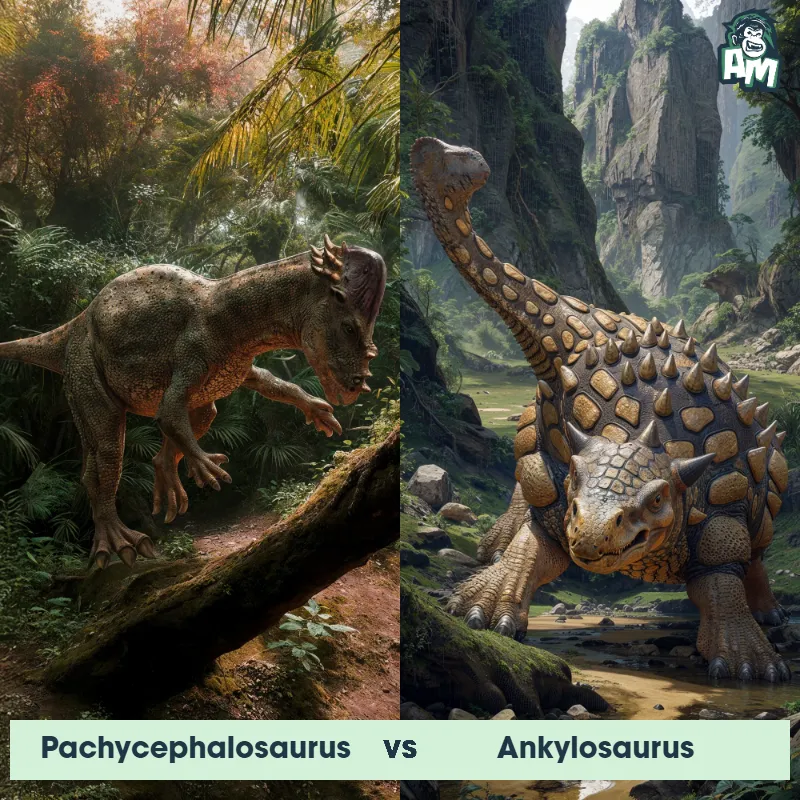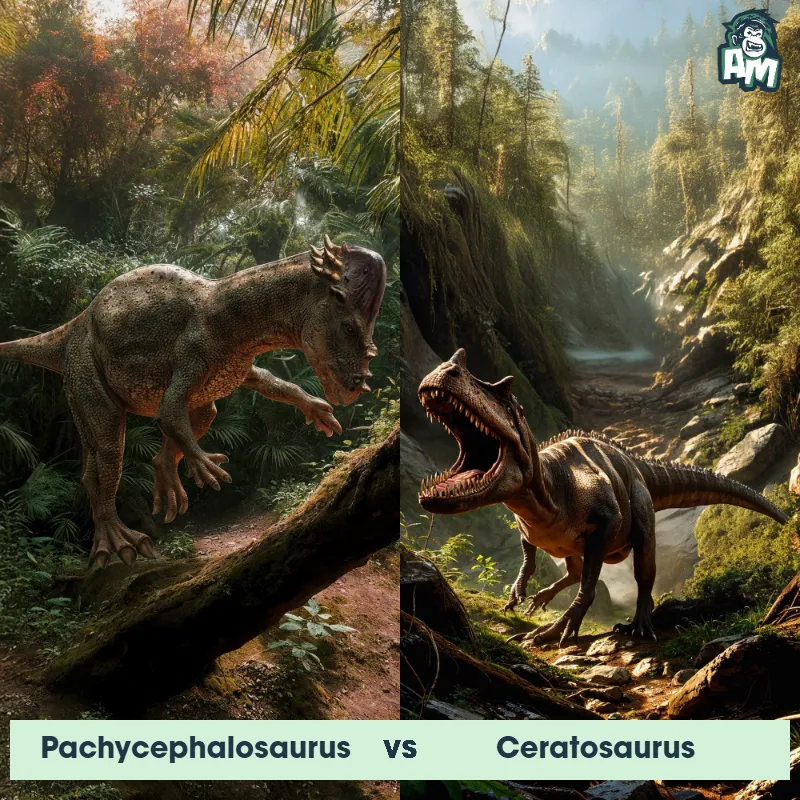Pachycephalosaurus vs SpinosaurusSee Who Wins
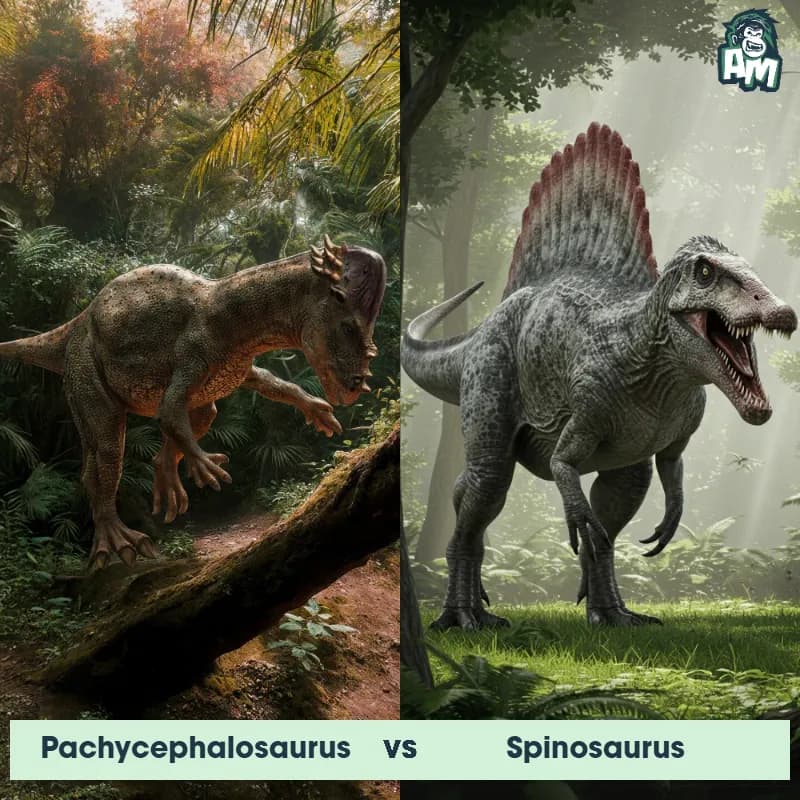
In the left corner, weighing in as the mighty head-butter from the late Cretaceous, the Pachycephalosaurus! Across the arena, towering over the competition from the humid swamps of the Mesozoic, the Spinosaurus! This is a clash of two titans, each with unique weapons and strategies. Buckle up for an epic encounter!
Contender 1: Pachycephalosaurus
The Pachycephalosaurus, also known as the "thick-headed lizard," was a herbivorous dinosaur that lived during the Late Cretaceous period. It was characterized by its dome-shaped skull, which could be up to 10 inches thick, and its bony knobs on the skull called nodes. These dinosaurs were bipedal and had long hind legs, short forelimbs, and a stiff tail.
Fun Fact: Pachycephalosaurus is believed to have used their dome-shaped skulls for head-butting contests during mating rituals or to establish dominance within their social hierarchy.
Contender 2: Spinosaurus
The Spinosaurus, also known as the "spined lizard," was a massive predatory dinosaur that roamed the Earth during the Late Cretaceous period. It is known for its distinctive sail-like structure on its back, which could reach up to 7 feet in height. With its long jaws filled with conical teeth and powerful forelimbs, the Spinosaurus was well-equipped for hunting fish and other prey in aquatic environments.
Fun Fact: The Spinosaurus had a special adaptation that allowed it to swim and hunt in water, making it one of the few dinosaurs with semi-aquatic abilities.
Matchup Stats
| Pachycephalosaurus | Spinosaurus | |
|---|---|---|
| Size | 15 feet tall (4.5 meters) | Up to 7 feet (2.1 meters) tall |
| Weight | 1,000 lbs (450 kg) | Up to 8 tons (7,300 kilograms) |
| Speed | 15-20 mph (24-32 km/h) | 14-17 mph (22-28 km/h) |
| Key Strength | Head-butting behavior | Powerful forelimbs |
| Biggest Weakness | Weak bite force | Vulnerable belly area |
Current Votes
Pachycephalosaurus vs Spinosaurus
See Who Wins
View More Matches
Looking For More?
Similar Matches
Scientific Stats
| Pachycephalosaurus | Spinosaurus | |
|---|---|---|
| Scientific Name | Pachycephalosaurus | Spinosaurus aegyptiacus |
| Family | Pachycephalosauridae | Spinosauridae |
| Habitat | Open woodland areas | Semi-aquatic environments |
| Geography | North America (specifically present-day Western USA) | North Africa |
| Diet | Herbivore | Fish and other prey |
| Lifespan | 10 years - 15 years | 20 years - 30 years |
Key Differences between Pachycephalosaurus and Spinosaurus
- Tail: The tail of Pachycephalosaurus was thick and heavy, aiding in balance, whereas Spinosaurus had an aquatic-adapted tail, similar to that of modern crocodiles.
- Limbs: Pachycephalosaurus had relatively short forelimbs compared to its hind limbs, while Spinosaurus had much larger, robust forelimbs with claws.
- Skull Structure: Pachycephalosaurus had a thick, domed skull, whereas Spinosaurus had a more elongate and slender skull with a crocodile-like snout.
- Teeth: Pachycephalosaurus had small, leaf-shaped teeth suited for a herbivorous diet, while Spinosaurus had conical teeth adapted for catching fish.
- Body Shape: Pachycephalosaurus had a bipedal form with a relatively balanced body, while Spinosaurus had a distinctive sail on its back and a more elongated body shape suited for semi-aquatic environments.
- Size: Pachycephalosaurus was smaller, standing about 15 feet long, while Spinosaurus was larger, reaching lengths of up to 50-59 feet.



